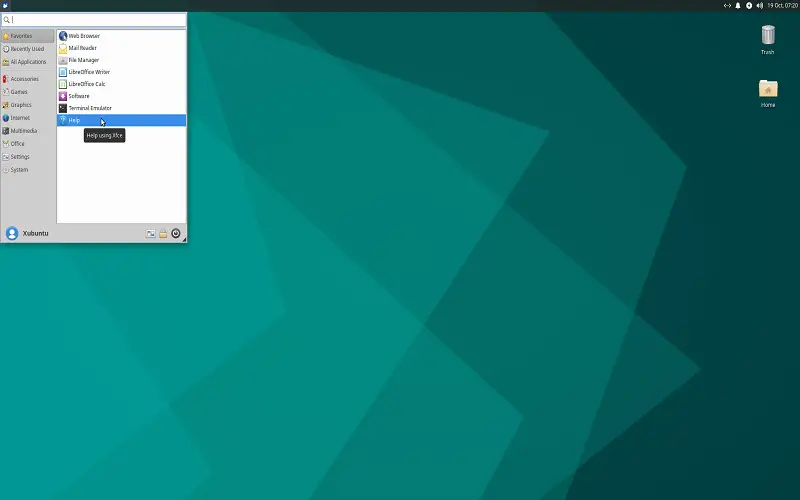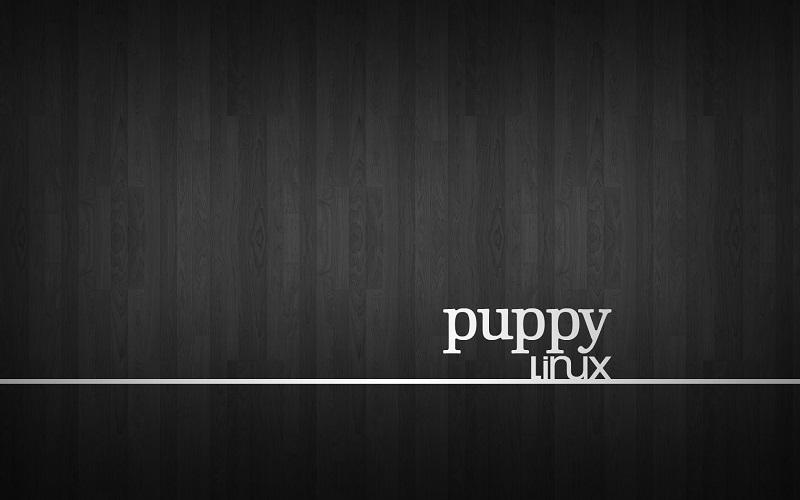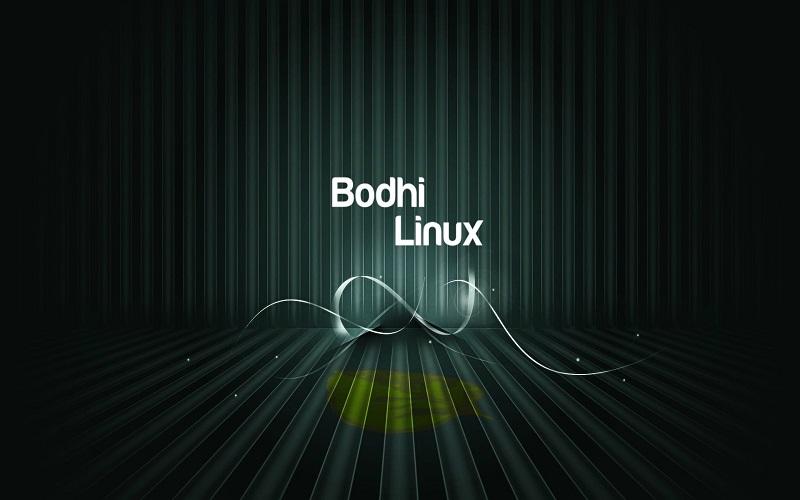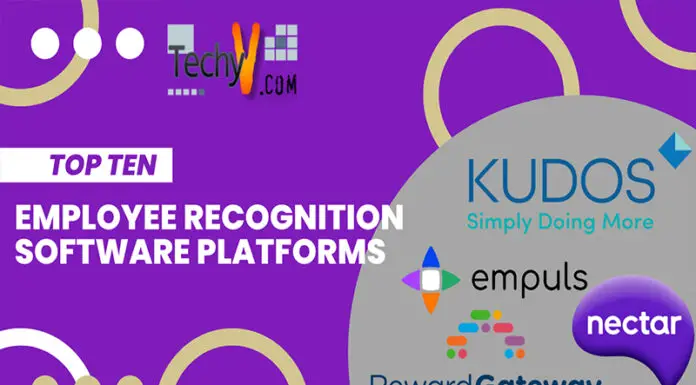In today’s world, where high-end PCs and laptops remain financially inaccessible to many, there is a growing need for operating systems that deliver efficient performance on low-end hardware without straining system resources. These options have attracted a larger user base as they are cost-effective. Satisfy the prevailing need for computational solutions. Here, we present a thoughtfully curated list of the top 10 operating systems that excel in this aspect, ensuring a seamless user experience on budget-friendly devices. These solutions cater to a diverse range of users, emphasizing the importance of accessibility in an ever-evolving field of technology.
1. Linux Mint
Linux Mint is an exceptional operating system known for its user-friendly nature and remarkable resource efficiency. It is designed to provide a seamless and intuitive computing experience, making it an excellent choice for beginners and experienced users. One of the main features of Linux Mint is its familiar desktop environment, which closely resembles traditional Windows interfaces. This similarity makes the transition easier for users accustomed to other operating systems, reducing the learning curve and increasing overall accessibility. Moreover, Linux Mint boasts a solid and supportive community, ensuring that users can easily find help and solutions that they encounter. With its user-friendly interface and efficient resource utilization, Linux Mint stands as a reliable and enjoyable choice for those seeking a stable and versatile operating system for their computing needs.

2. Lubuntu
Lubuntu stands out as Ubuntu’s lightweight, designed to strategically optimize performance on low-end hardware configurations, making it the perfect choice for older PCs and laptops. Optimized to accommodate the limitations of older systems, Lubuntu maintains the essence of the Ubuntu experience and modest hardware. Upstairs also ensures smoother and more responsive operation. Its efficient resource management and streamlined interface not only breathe new life into aging devices but extend the usefulness of these budget-friendly machines, in line with the growing need for accessible and efficient computing solutions.

3. Xubuntu
Xubuntu stands as an extra lightweight iteration of the Ubuntu family, characterized by the Xfce desktop environment, known for its fast speed and resource efficiency. This specific flavor of Ubuntu, tailored for low-end PCs and laptops, is not too demanding on system resources. Embracing a philosophy of imposing and streamlined functionality, it sets itself apart with its responsive user interface, optimized for devices with modest hardware specifications. Xubuntu has earned a reputation for breathing new life into aging computers, expanding their usability, and increasing overall performance. Its commitment to providing an efficient computing experience on budget-friendly hardware matches the increasing demand for easy-to-react operating systems in today’s tech landscape.

4. Puppy Linux
Puppy Linux stands out as an exceptionally lightweight and fast operating system, capable of running entirely from RAM. This unique feature makes it an ideal choice for computers with limited specifications, where resource efficiency is paramount. Its ability to work without installing a hard drive not only saves valuable disk space but also ensures fast performance, even on aging or low-featured machines. Puppy Linux, with a minimal footprint and user-friendly interface, is a practical and easy solution for users seeking optimal performance on budget-friendly hardware, enhances the overall usability of older systems, and contributes to a more sustainable computing experience.

5. Bodhi Linux
Bodhi Linux stands out as a unique Ubuntu-based distribution, distinguished by its use of the lightweight Enlightenment desktop environment. This strategic choice not only contributes to a visually appealing aesthetic but also ensures a highly responsive user experience. Combining Ubuntu’s strong foundation and Enlightenment’s resource-efficient design results in a well-rounded operating system ideally suited for older or less powerful hardware. Bodhi Linux’s commitment to both aesthetics and functionality is a compelling one for users seeking a balance between visual sophistication and efficient functionality. It makes choices, effectively breathing new life into aging or budget-conscious computing setups and promoting sustainability in the tech world.

6. Peppermint OS
Peppermint OS seamlessly integrates the strengths of the Linux platform with cloud technology, resulting in a versatile operating system known for its speed and energy efficiency. This unique combination meets users’ need with low-end devices, where resource optimization is paramount. Peppermint OS not only conserves local system resources but also uses the benefits of cloud computing to provide a modern and responsive user experience. Its streamlined design ensures that even older or less powerful hardware can work optimally, empowering users with budget-friendly devices to benefit from contemporary computing, in an era where connectivity and performance matter, Peppermint OS bridges the gap between affordability and performance, which is efficient. It also provides easy computing solutions.

7. Elementary OS
The Elementary OS stands out for its elegant and user-friendly interface, often drawing comparisons with macOS. Its lightweight and resource-friendly nature is what makes it even more appealing. This harmonious blend of style and functionality makes it an exceptional choice for users who value aesthetics and want to ensure their systems run smoothly, even on limited-capacity hardware. Its similarities to macOS extend beyond the surface, providing a comfortable and intuitive user experience. Elementary OS not only enriches the visual side of computing but also optimizes performance on budget-friendly devices, making it a practical choice for those seeking a balance between style and functionality in their operating system.

8. AntiX
AntiX, distinguished as a fast and lightweight Linux distribution, has a specific focus on catering to older hardware, thereby guaranteeing seamless and efficient performance. Its tailored design ensures that even aged or resource-constrained machines can navigate the digital landscape with agility and responsiveness. AntiX’s commitment to optimizing system resources translates into an accelerated user experience, breathing new life into older machines that might otherwise struggle with modern computing demands by providing an agile and resource-efficient solution, empowering AntiX users to extend the life of their hardware in places where technological advances often exceed hardware capabilities.

9. LXLE
LXLE distinguishes itself as a lightweight Linux distribution, drawing its premise from Lubuntu and presenting a polished, user-friendly interface tailored specifically for low-end PCs and laptops. This thoughtfully crafted operating system not only conserves system resources but also ensures responsive and efficient computing. LXLE’s simplicity and minimalism contribute to its appeal, making it an excellent choice for hardware-constrained users. Focused on providing a seamless user interface while accommodating older or less powerful devices, LXLE is a reliable solution for those who seek a balance between performance and accessibility, extending the life of their devices and maximizing their computational value.

10. Zorin OS Lite
Zorin OS Lite emerges as a streamlined iteration of the Zorin OS family, presenting a user-friendly, Windows-like interface with impressive performance optimized for low-end hardware. This type extends the familiar computing experience, making it accessible to many users. Zorin OS Lite’s ability to optimize resource usage, especially for those transitioning from the Windows ecosystem, ensures that even on modest or aged systems, it delivers responsive and smooth operation. Its emphasis on simplicity, combined with performance enhancements, makes it an attractive choice for individuals seeking an efficient and user-centric operating system, breathing new life into old hardware and bridging the gap between affordability and efficiency in the computing world.


















